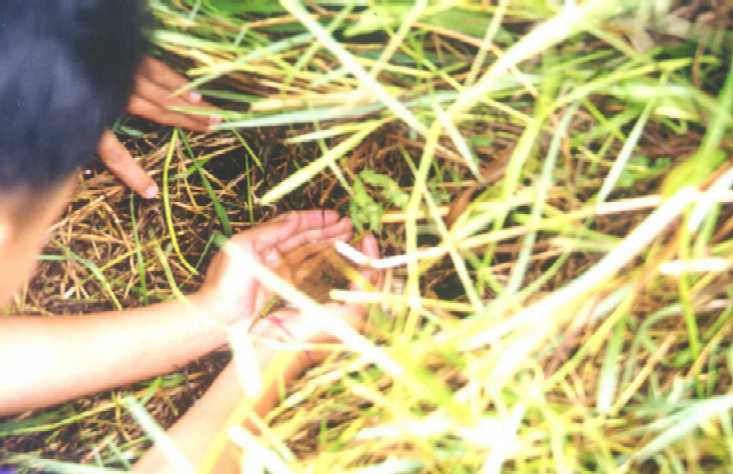Opcn
Big fish
Chestnut moray seems to be useing old data. with the exception of a few species from the indo pacific most fish are caught in nets by divers, cyanide catching is both illegal and inneficient and if a suplier is shipping out fish that all die then buyers tend to stop buying from that supplier and go for suppliers with higher survival rates.
None of the fish that you get are dynamite caught, not one, zero, zip, nada. However tank bred clowns are redily available these days.
None of the fish that you get are dynamite caught, not one, zero, zip, nada. However tank bred clowns are redily available these days.

 .
.

